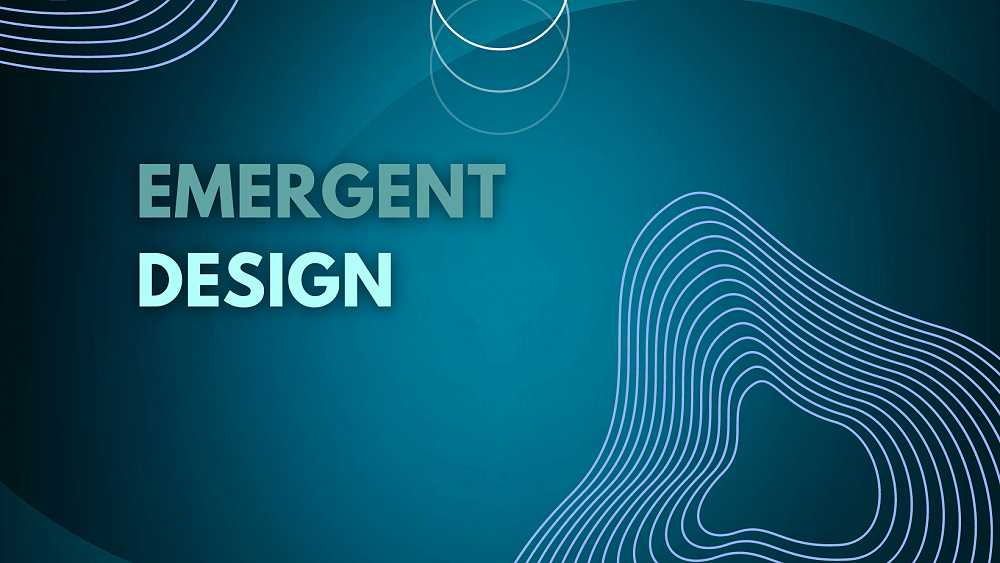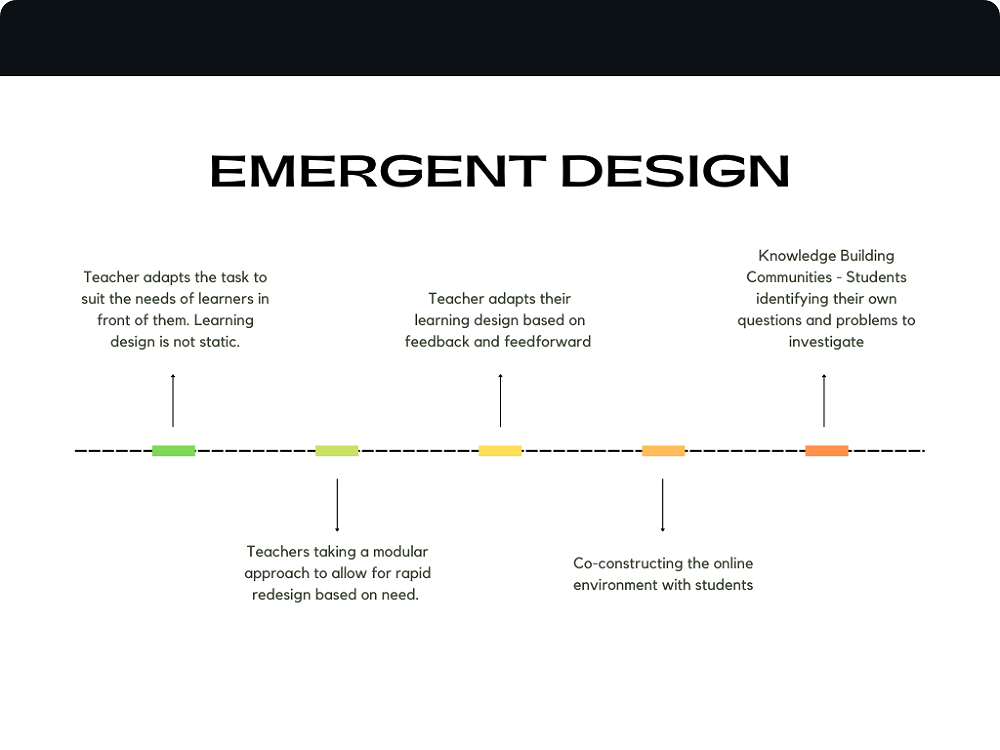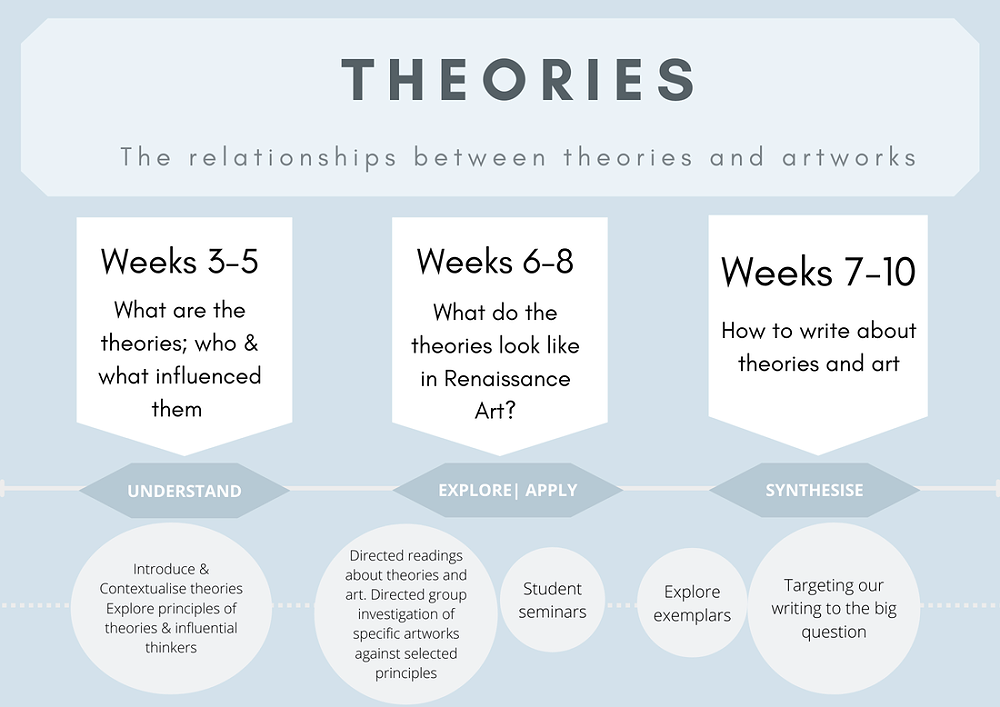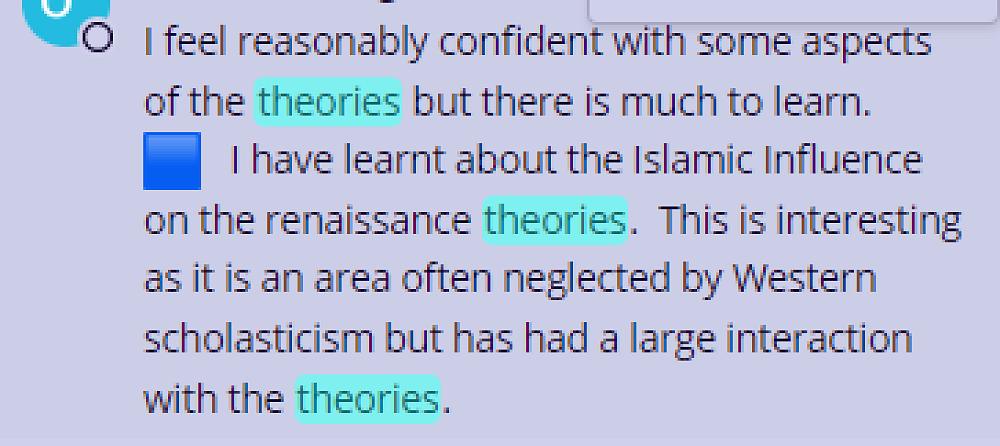
So what is emergent design anyway?
What do you think of when you hear the words emergent design? Your mental picture might be of something that is quite amorphous and endlessly evolving which can seem quite difficult and daunting.
While emergent design can in some cases look like this (an example being Knowledge Building Communities) it is really a spectrum.

So at one end of the spectrum, it might be as simple as adapting your learning design as you go to meet the needs of your learners. Perhaps a concept isn't gelling with your learners in the way that you were hoping, or maybe you adjust the pace of the learning design so that the class can really dig deep into an idea. What emergent design does at the heart of it is acknowledge that we are working with people.
"Emergent design is a method of designing for the unexpected, of assuming that it is impossible to anticipate how learners will use the tools or tackle the activities." (Towards Networked Learning, 2022)
Good practice within the NZC (2007) really. A one week module of learning may look something like this, while a longer inquiry module will be fairly broad, but then be supported on an ongoing basis through the social facility within the online hub and the video conference.
What does this mean for your learning design? Well, while you will have an idea of what you want to cover and achieve over the year it is not entirely static and 'set in stone'.
"It is a learner centred environment that develops with the group based on an iterative process or cycle that involves continual feedback and feed-forward ... a process that lends itself to rapid redesign based on learner need" (Towards Networked Learning, 2022)
Below is an example of the iterative design process, within my level 3 Art History course.

There was a clear structure to it. Students knew what they were working towards over the term, the focus from week to week and what they would be expected to do. However, I used informal checkpoints to get feedback from students about their understanding of key ideas in our theories module. I would then adapt my learning design accordingly in order to unpack ideas students were struggling with, build on concepts or consolidate concepts.



Other teachers might make their learning design far more flexible, and others might structure their courses a bit differently. However, the commonality is that teachers are responding to the needs of their students and adapting their teaching accordingly.
"The Virtual Learning Network Community approach is more closely aligned with principles of emergence, flexibility, adaptability, and learner centredness. The process is organic, with teachers and learners working in partnership in a co constructed environment." (Towards Networked Learning, 2022)
